Mike O'Gara (Cadillac / Chip Ganassi Racing) : “I fully expect a GTP car to the at the top of the podium”
What has the undertaking been like for the team to launch this program and how has it compared to previous launches?
It’s been a huge undertaking and most of the folks on this call have been living in the same world that we have for the last six to 12 months with ramping up this program. In the 30-year history of Chip Ganassi Racing, we’ve been fortunate to be part of a lot of different vehicle launches, whether that’s been for INDYCAR, Indy Racing League or Champ Car or the Ford GT program. This one is by far the most intense, the most complex and, honestly, the most exciting for the company.
I think the timelines we’ve been holding to have been difficult with supply chain issues, trying to put adequate miles on the cars to be ready and the level of complexity of the cars with the hybrid system and the other control systems. It’s just more than we’ve ever undertaken before.
An added complexity is going to race this car in two different series on two different continents. We have one eye on getting our WEC program up and running, getting a facility over there, appropriate personnel and equipment as well. That adds another layer of complexity, but everyone at Chip Ganassi Racing is excited and looking forward to representing Cadillac around the world. It’s a great time of us.
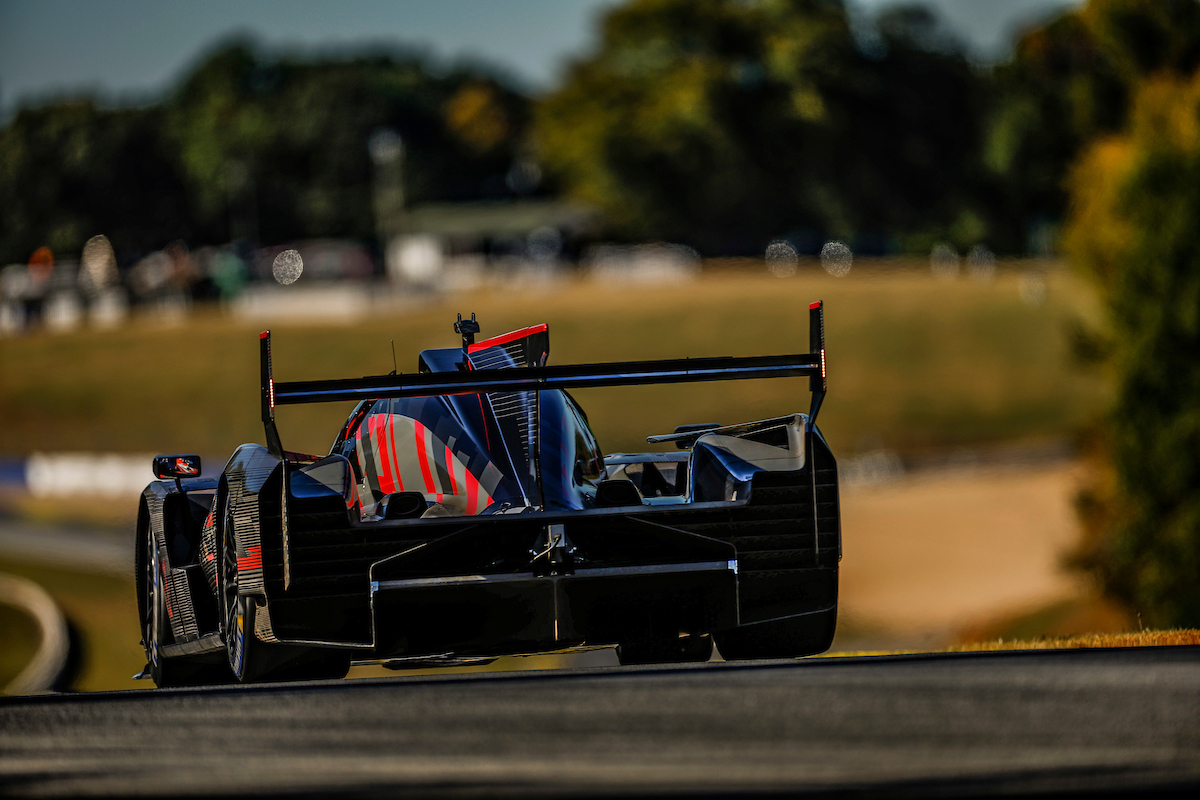
What do you think are the keys to getting to the finish?
My first prototype race was in 2004. Back then in the earlier days of Grand Am it was who could recover from a mistake or failure quickest, and the cars evolved to a point where they were pretty reliable. So, then, it was who could go the fastest for 24 hours without making a mistake. I feel like we’re coming back full circle from the early days of Grand Am. It’s who’s going to be reliable, and if you’re not reliable who can recover from some issue the quickest. We’ve all puta lot of miles on these cars, but until you race them in anger and start banging wheels you’re not going to see all the issues. It’s going to be not only survival of the fittest but who can recover from any issues the quickest.
When will we see a representative understanding of pace?
To get the handling dialed in and the tire durability we’re never just putting around. I think qualifying is the first time you’ll see 10-10ths out of everyone.
With a one-team approach under the cadillac racing banner, how has that brought the two teams together?
It’s definitely been a learning experience for both teams and, quite honestly, a bit of a culture shift for Chip Ganassi Racing. We always pride ourselves on how we communicate internally. At the Indy 500 last year we have five race cars that were all capable of running at the front, so sharing info is what we do. But we haven’t often shared info outside of this building. But I think it’s gone amazingly well so far, sharing info with not just Action Express but with our GM Powertrain partners, with Dallara, with Michelin. It takes a village, and so far I think the partnership with AXR has gone really well. We’re figuring out who is better at what things and we divide and conquer. Hopefully, that will show in a couple of weeks.
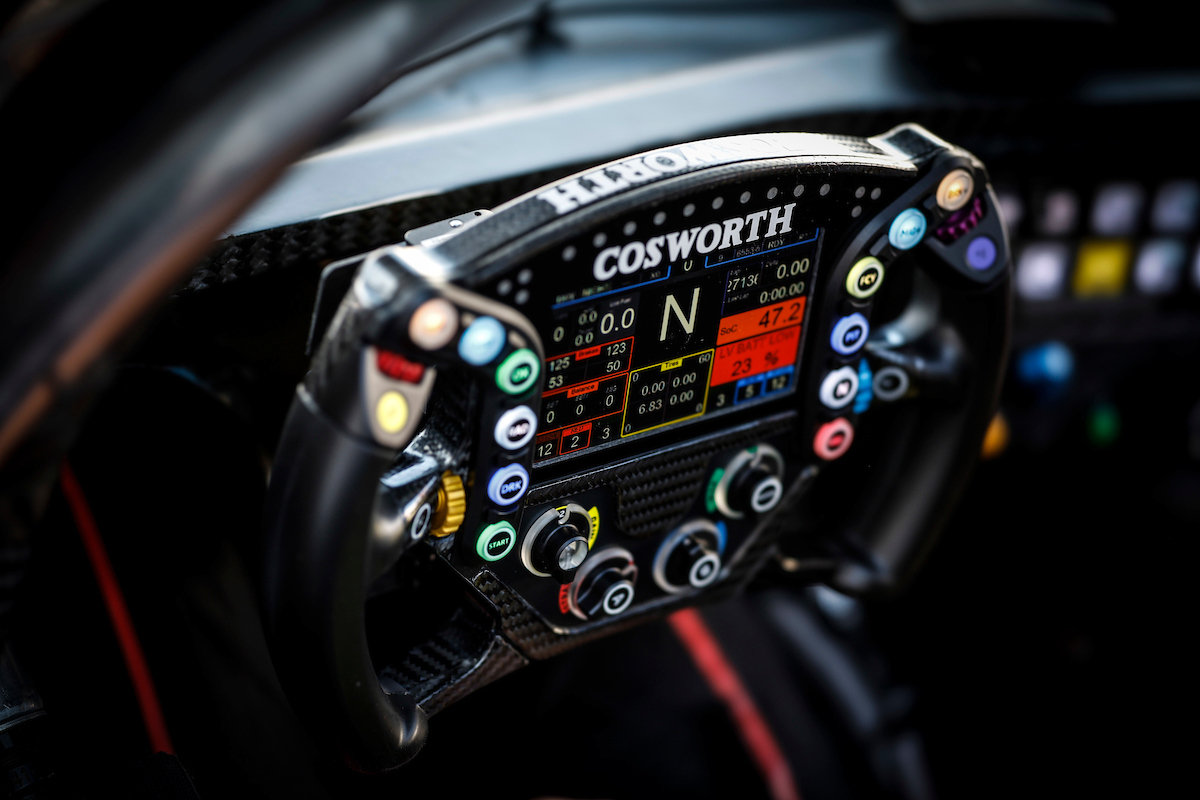
How does that work into race weekends? are you going to be sharing similar levels of information or on your own?
I think a big part of winning this race is reliability, so we’re going to be huddling up constantly. Especially with car issues and things like that. We work closely with Dallara on set-up stuff, so the cars will all be mechanically identical and then we’ll go race on Saturday and Sunday to see out of all of us who can get it done.
Will spectators see a big difference on the track between the gtp cars and lmp2 cars?
There should be enough of a performance differential that the GTP cars should clearly be quicker. There will be some challenges. The braking systems are quite different between a GTP car and a P2, so I think our car will be a lot better under braking but top speeds may be similar. It will make for some interesting racing, but I fully expect a GTP car to the at the top of the podium.
What has it been like for your drivers to learn the hybrid system and are there any limitations?
Once you get rolling, it’s pretty much like any other race car. It’s starting it and launching it and diagnosing issues are where some of the challenges have been. We’re lucky enough to have drivers who have raced in Formula E, that have raced a Porsche P1 car, so those guys have helped the others who have never driven a hybrid or anything electrified before. It’s a manual that’s pretty thick on not necessarily on driving the car but procedures for starting it or restarting it or if you see a red light what to do. The race car is the race car but it’s all these other control systems that make it unique from what we’ve done before.
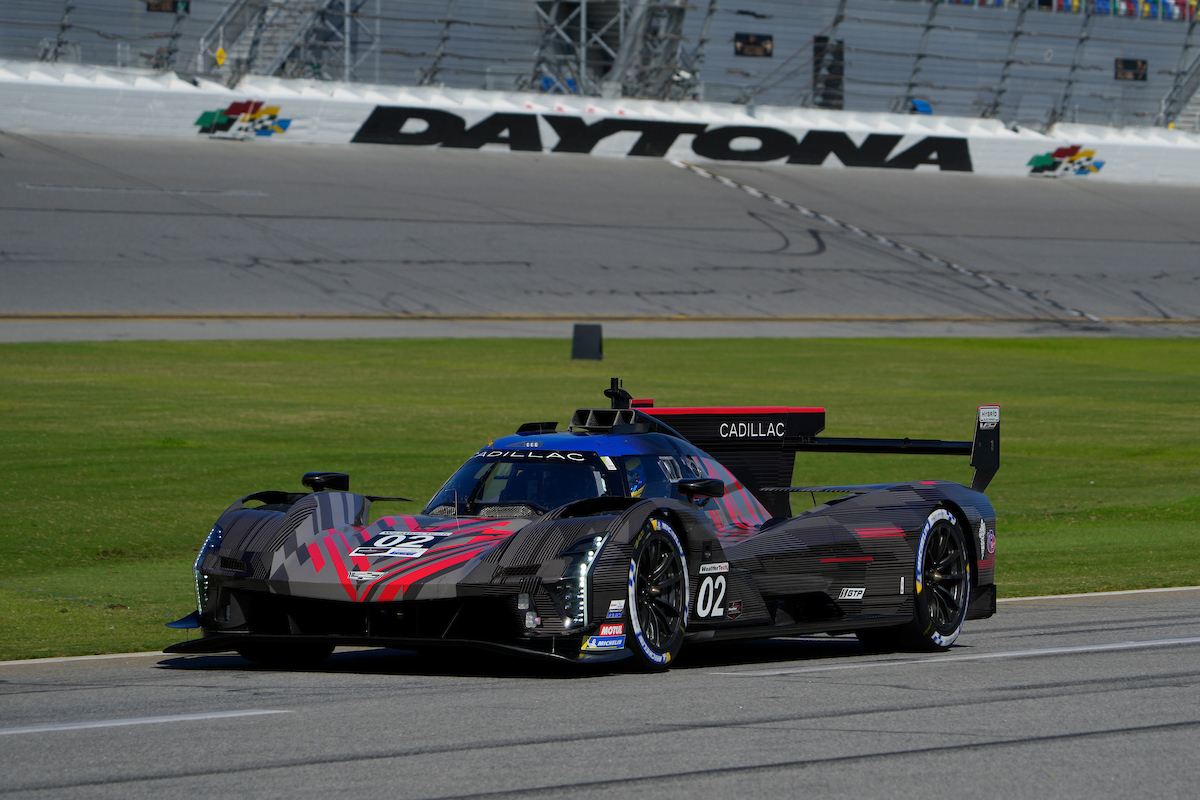
Is the hybrid system a bigger tool than what you’ve had in the past for fuel mileage?
That’s one of our goals at the Roar to learn more about how to manage our fuel. It’s not a tank of fuel anymore, it’s a virtual fuel tank and the car fuel in addition to the energy you spend. It’s figuring out what’s the best use of deploying the hybrid power with the ICE engine. There is refueling time that has to be factored in, so I think you’ll see from many teams long runs to figure out energy per stint and the best combination. It’s no longer a knob for fuel trims. It’s a few knobs, a couple of switches and many a paddle or two that affect all it. We’re leaning every time that car leaves the pit box.
How many 24-hour races have you been involved in and what’s your secret to making those critical decisions at the end?
Most since 2004 with a few Le Mans races in there. The key for me to stay awake and alert is to have a car that’s running at the front and competing for a win. There’s nothing worse in an endurance race than to have an issue at the beginning and run around at the back all day and night.


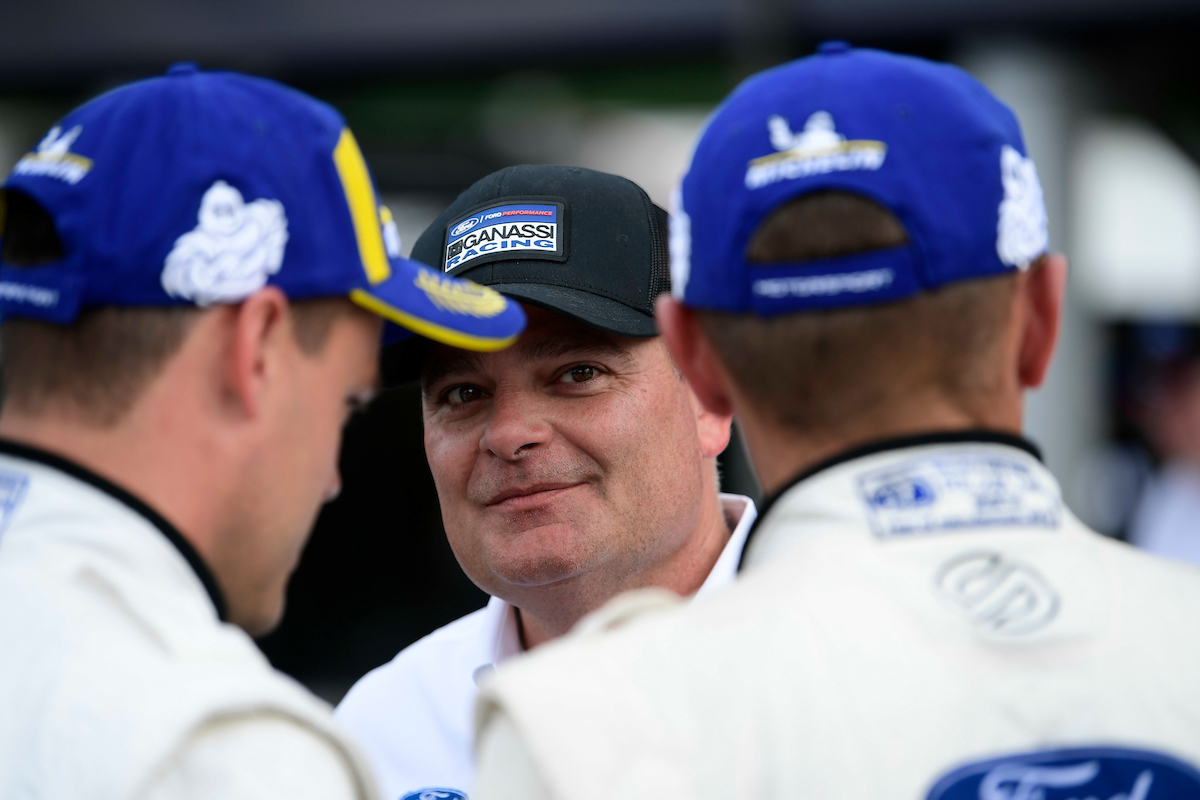
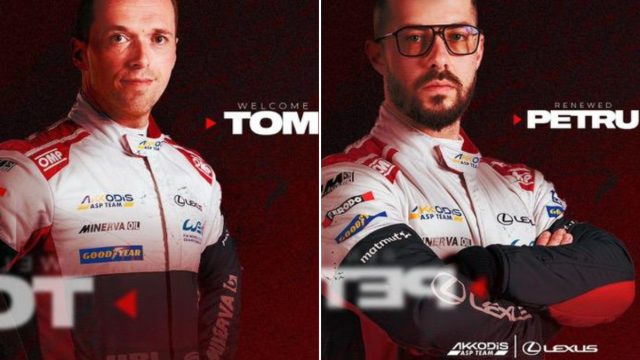
Comments
Log in to comment the article